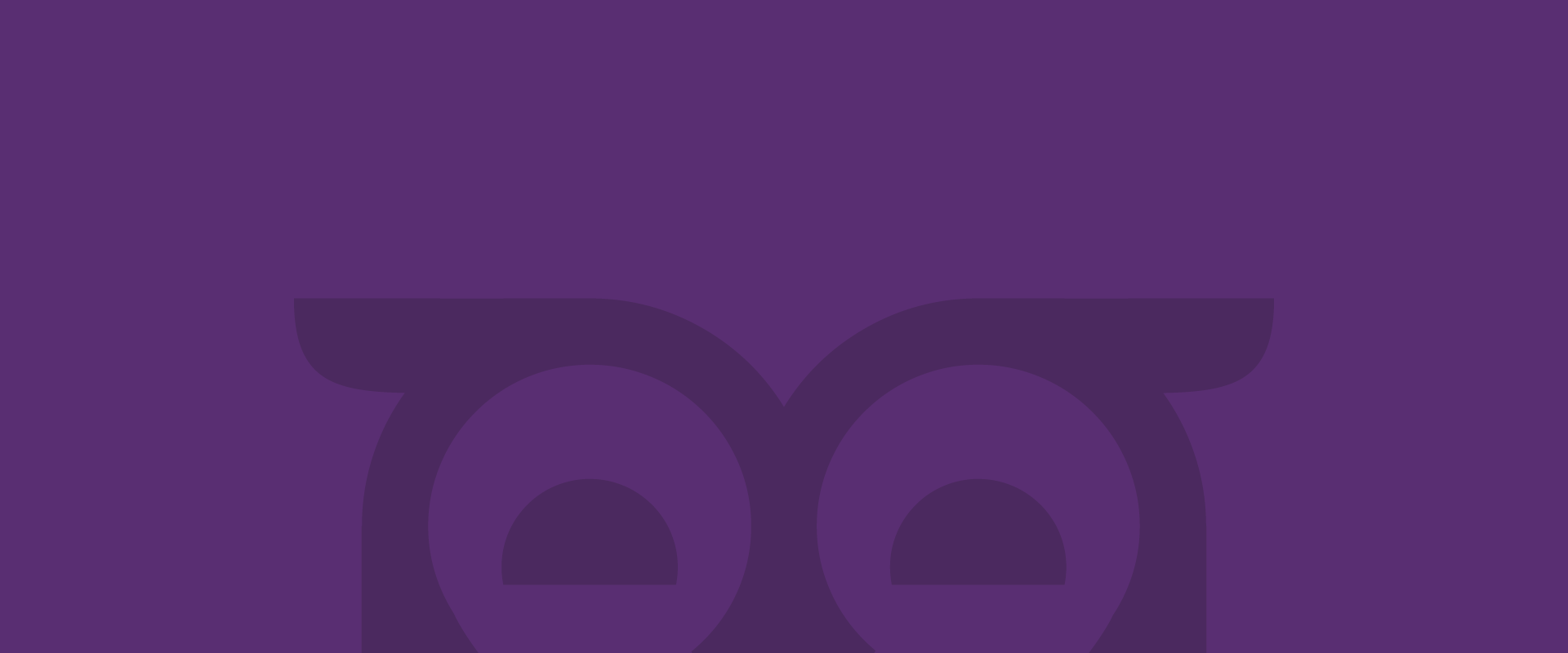It’s never too early to teach your kids healthy ways to manage stress!
Mindfulness is the practice of gently and repeatedly bringing your attention to the present moment without judging what you feel or experience.
Because human minds like to stay busy—whether your child is worrying about schoolwork, rehashing an awkward interaction with a friend or plotting how to transform the basement into a Minecraft dungeon—it’s useful to help your child train their mind to settle into the present moment. This can help increase their sense of well-being and happiness and reduce feelings of stress, anxiety and depression [1, 2].
Practicing mindfulness may also have positive impacts on children’s developing brains. Mindfulness promotes skills that are controlled in the prefrontal cortex, such as cognitive control and focus. Learning to practice mindfulness regularly may help your children develop patience, judgment and self-regulation [2, 3].
What’s more, the habits and skills they learn now will follow them into adulthood. Sounds pretty great, right?

When you practice mindfulness with your children, it’s often helpful to have them focus on their senses (sight, sound, smell, touch, taste) and their breathing in order to root themselves in the here and now.
Try to bring an easy enjoyment to this practice. Don’t strain or make it a chore. Relax, and recognize the inherent pleasure of attending to your senses and trying new things with your kids.
1. Hot Cocoa Meditation
Practice mindfulness via a tasty warm beverage. If you don’t have hot cocoa, you can alter the prompts to work with any kind of treat.
Preparation
Make your favorite hot cocoa. If you like, add toppings such as whipped cream, marshmallows, crushed candy canes, and chocolate sprinkles for extra texture.
Sit on the floor with your mugs of cocoa in hand.
Prompts
We’re going to use our five senses while we enjoy this cocoa. Let’s wait a minute and notice a few things before we take our first sip. The anticipation will make it taste even better!
Touch
How does your cup feel in your hand? Is it warm, hot? What’s the texture like? Smooth, bumpy? How does holding something warm make you feel inside?
Smell
What does your cocoa smell like? Can you smell different ingredients? Chocolate, milk, peppermint, whipped cream, maybe vanilla?
Taste
Let’s take small, slow sips. What does it taste like? Notice all the flavors.
Sight
What does it look like? Are the toppings changing shape as they melt?
Sound
What do you hear as we drink together? A slurp, a gulp, maybe an “Mmmmm”?
Debriefing
What was it like to pay attention to all of your senses? How do you feel now?
When we feel anxious, sad, worried or bad, paying attention to all of our senses can help us feel better. It helps us focus on what’s happening right now instead of worrying about things from our past or future.
2. Bubble Fun
Blowing bubbles is great for teaching kids to breathe deeply. It can also help them learn to separate themselves from anxious or negative thoughts.
Prompts
Breathe in slowly.
Blow out slow and steady through the bubble wand.
Imagine your anxious thoughts inside those bubbles. Watch as they float away and pop!
Now, who can blow the biggest worry bubble?
3. Safari Walk
Let’s go for a safari walk!
We’re going to use our senses to find animals that fly, crawl, or walk. We’re going to listen for sounds, feel the weather, and smell the air.
Let’s be quiet and turn on our super senses to notice as much as we can!
While you walk, talk quietly about what you all see, hear, feel and smell.
4. Leaves on a Stream
This visualization exercise helps kids let go of distressing thoughts by observing and accepting them without judgment. This activity is adapted from ACT Made Simple (Harris, 2009).
Invite your children to sit or lie comfortably and close their eyes. Plan to spend about 10 minutes on this exercise.
Prompts
Take a few gentle breaths in and out and notice the sound of your breath.
Imagine that you’re sitting next to a stream. Picture what the stream looks like… Think of how it sounds as the water tumbles over rocks… Is there a smell?.. How does it feel on your skin – is there a breeze or maybe a cooling mist?
Keep picturing your stream. When you think about something else, put that thought on a leaf, place it in the water and watch it drift away. When another thought appears, notice it, put it on another leaf and watch it until it disappears. Keep imagining your stream and allowing your thoughts to float on by.
Continue for a few more minutes, or as long as your children allow.
Debriefing
What was it like to imagine your stream? How did it feel to put your thoughts on leaves and watch them float away?
Like anything else, the more you and your children practice exercises like this, the easier (and more rewarding) it gets.
5. Snow Globe Meditation
Grab a snow globe or make your own. Invite your child to shake up the snow globe and place it on a table.
Prompts
What do you see?
Talk about the snow swirling around and connect it to busy thoughts. For example:
The snow is kind of like thoughts in a busy mind, when there’s a lot of stuff going on in your head.
Let’s put our hands on our stomachs and watch the snow globe. Breathe in… breathe out… Notice the rise and fall of your breath as the snow drifts down to the bottom of the globe.
When the snow settles, shake the globe again.
Breathe in… breathe out… Keep watching the snow as it settles…
Debriefing
How does your body feel right now? What about your mind?
When your breath gets slower, what happens to your thoughts? Do they slow down, too?
Next Steps
The holidays are stressful for many of us. Reach out for help if you need it.
If you or someone you love would benefit from talking to a mental health provider in Tennessee, contact Athena Care.
One of our Care Coordinators will help you get the care you need.

Rachel Swan, MS
Editor
Rachel has a Masters of Science in Clinical Psychology from Vanderbilt University, where she spent 16 years as a Research Analyst in the Psychology and Human Development Department.


